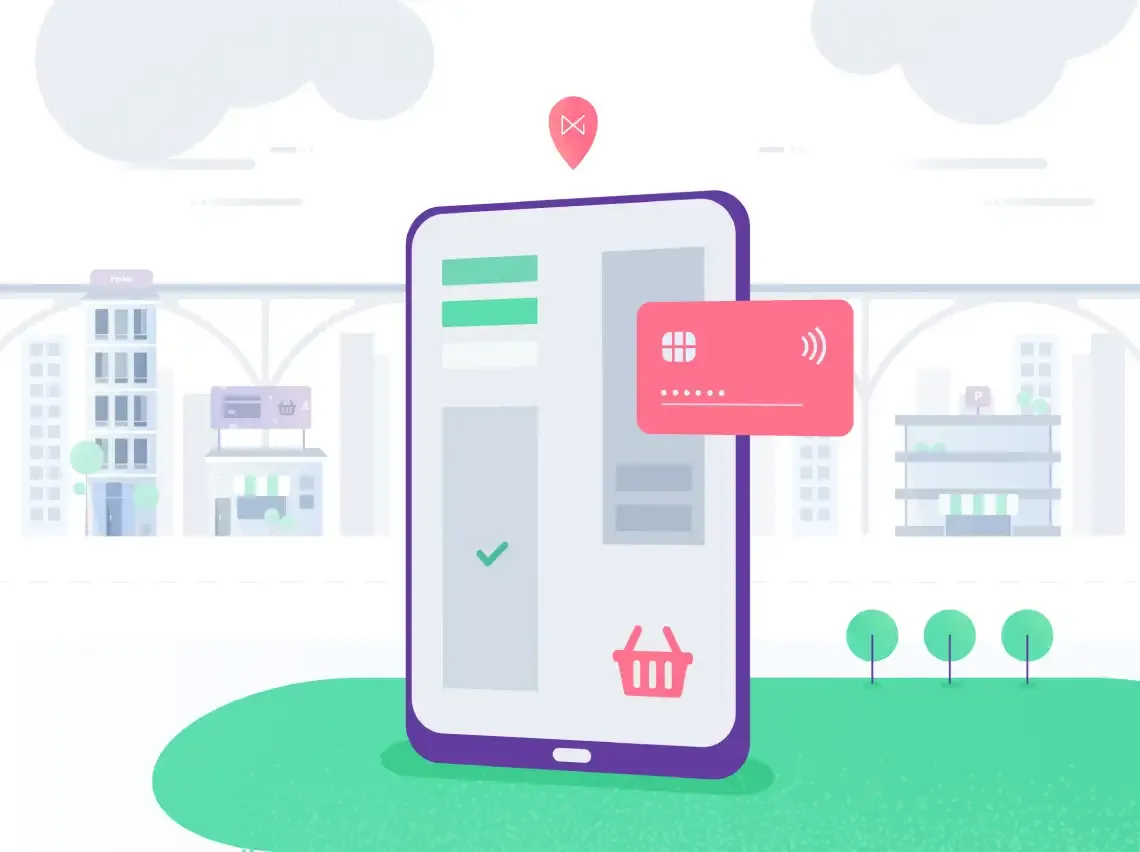An Omnichannel Payments Platform Gives Businesses the Agility They Need To Do Business on Any Channel.
Long-time brick-and-mortar shops have finally started engaging in ecommerce business. In the not-so-distant past, the idea of recreating a brick-and-mortar operation into one that does business online seemed overwhelming to small and medium-sized businesses (SMBs). Delivering consistent brand experiences, seamless cross-channel shopping journeys and personalized service requires an investment of time, effort and capital — more than many merchants, especially tier 4 (or smaller) businesses, could manage. Or so they thought.
The COVID-19 pandemic required many brick-and-mortar businesses to close their physical stores, but it didn’t stop the demand for the goods that those businesses offer. Merchants, from mega-corporations to mom-and-pop shops, found ways to continue engaging customers online. The change in business model that seemed too big to undergo for some retailers just a year before became a necessity in 2020.
An Industry Experiences Monumental Changes
Consumers spent more than $861 billion online with U.S. retailers in 2020. That’s an increase of 44 percent year over year. That statistic doesn’t tell the whole story, though – the growth that ecommerce businesses experienced was fast. Online sales steadily gained ground for decades, incrementally representing more of total retail sales, but the pandemic caused a sharp spike. Ecommerce in early 2020 equaled about 10 years of growth based on previous years. Even tier 1 retailers with well-established omnichannel business models weren’t fully prepared.
Furthermore, when customers clicked the “buy now” button on an ecommerce website, they wanted order fulfillment options. Some chose delivery, but many others who wanted items faster (and without added shipping charges) opted to buy online, pickup in store (BOPIS). During the pandemic, merchants widely adapted that process also to include contactless, curbside pickup. Shopify data shows 59 percent of consumers have grown more interested in BOPIS during the pandemic, 30 percent of consumers tried it for the first time in 2020, and 64 percent say they are using it more often.
Brick-and-Mortar Stores Turned Ecommerce Businesses Need Omnichannel Payments
Providing consumers with options to shop however they want also requires your merchants to enable convenient payment options on every channel. Offering a payments platform that supports both ecommerce and card-present payments in brick-and-mortar stores will benefit your merchants through:
- Enhanced customer experiences
Shoppers can use their preferred payment methods whether in-store, online, at a self-service kiosk, shopping on social media, or any other way they choose to engage. Your payment solution can also make transactions quicker and easier. For example, tokenized payment data enables return ecommerce customers to make a purchase with just a few clicks. It also gives merchants the ability to offer convenient subscription services for items their customers want to be delivered regularly by setting up recurring payments.
- Streamlined Operations
By providing an omnichannel payments platform, merchants can automatically remember a customer’s payment from one channel to another, making processes like BOPIS or buy online and return in-store easier. One platform for all payments also makes it easier by eliminating multiple reports for reconciliation and different vendors to contact for service and support.
- Contactless payment options
Although ecommerce sales grew in 2020, customers also continue to make card-present payments, sometimes even to pay for items they ordered online. An omnichannel payments platform gives those customers options, and they increasingly chose contactless during the pandemic. NMI’s 2020 Cost of Cleanliness survey found that 53 percent of consumers now use contactless payments often or very often, and 30 percent of consumers feel uncomfortable using cash. The NMI research also revealed that 23 percent of businesses had lost a sale because they didn’t accept contactless payments.
- Business Continuity
One of the most significant benefits of an omnichannel payments platform is the flexibility it provides. A solution that facilitates both in-store and ecommerce sales gives merchants the peace of mind that they can’t continue to do business on one channel (e.g., in-store during a pandemic), they can still do business on another.
The Shopper’s — and the Merchant’s — Journey
Research indicates that consumers’ new habits will keep trending. eMarketer predicts ecommerce to continue to climb, growing to more than $1.2 trillion in sales and 19.2 percent of total retail sales by 2024. Competitive merchants will meet the demand, embracing ecommerce along with their customers.
The journey to effective ecommerce business – or more likely, omnichannel business – is just beginning for many brick-and-mortar merchants. The quick change to ecommerce in 2020 left businesses with work to do to optimize processes both to improve customer experiences and maximize profits.
Partnering with the right payments platform is key to offering the features and flexibility businesses need to enhance customer engagements, wherever and whenever — pre- or post-pandemic — they take place.
To learn more, reach out to a member of our team today.




